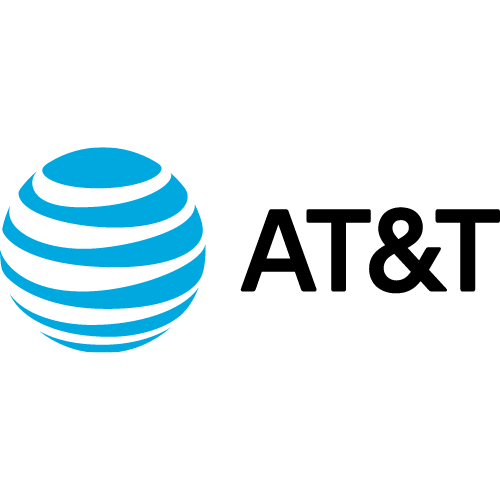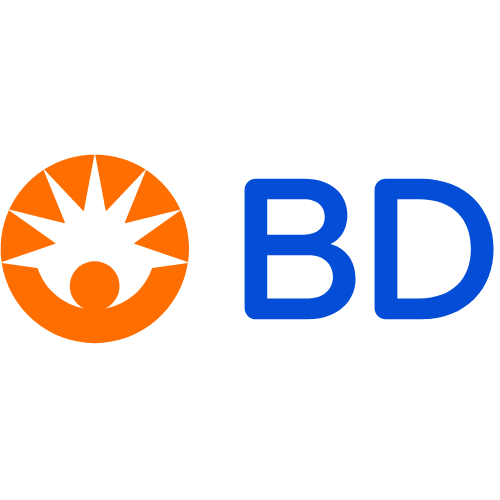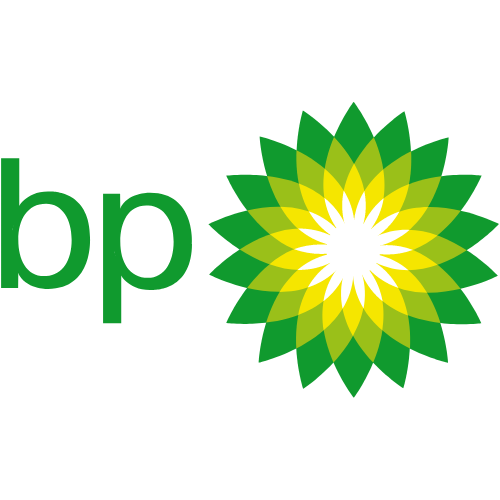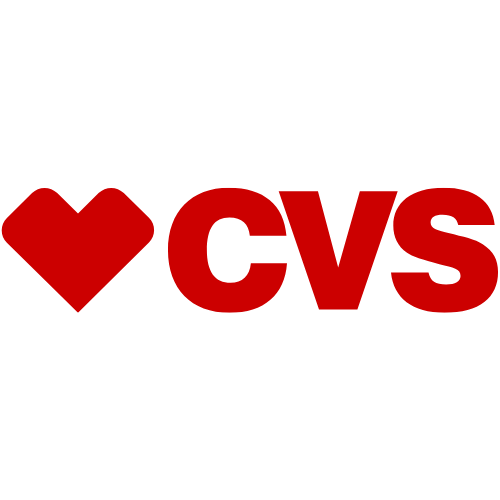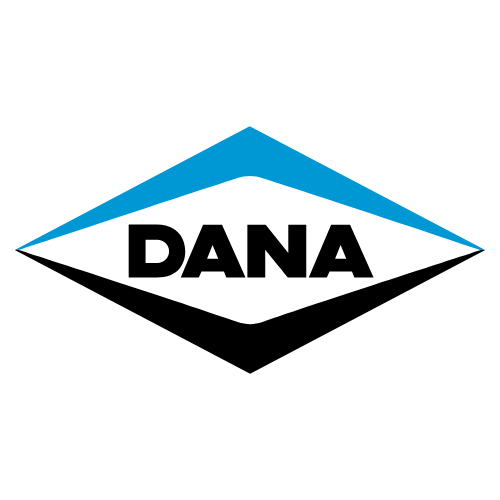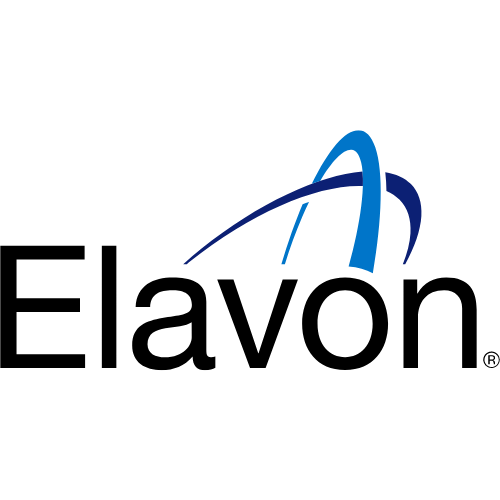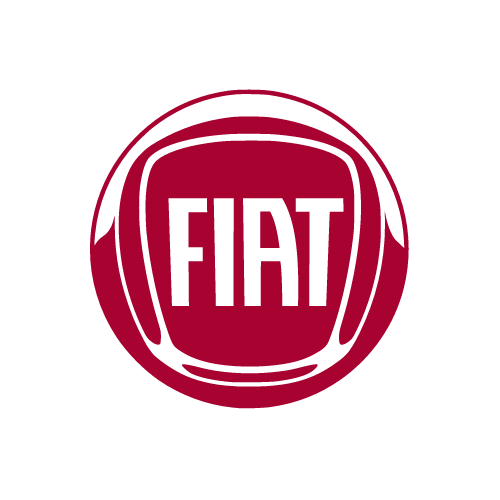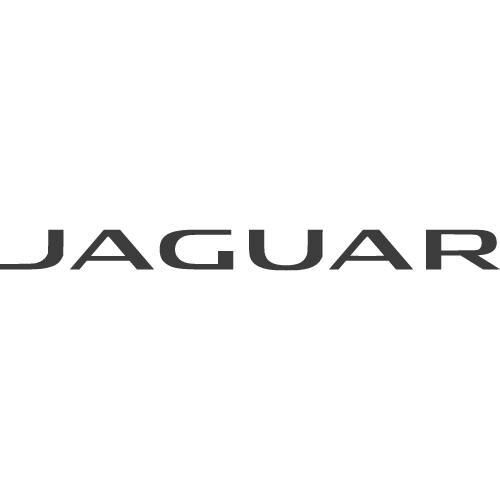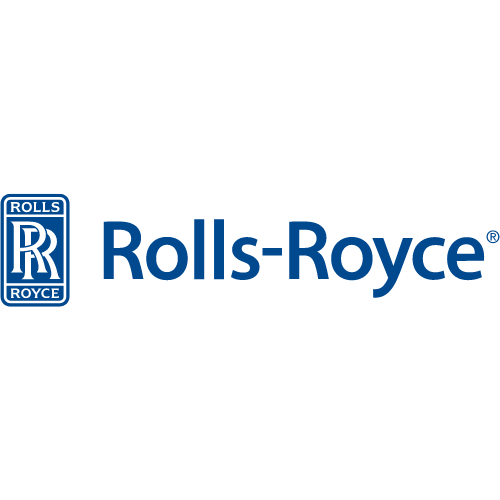ClearObject forFood & Beverage
Food & Beverage companies are always at the forefront of innovation, from food combinations, to packaging, to production methods. Leading F&B businesses are continuing this trend through early adoption of Artificial Intelligence (AI) solutions to reduce waste, decrease cost and enforce regulatory compliance, all while increasing profits.

Leading Organizations Trust ClearObject.
Overview: Artificial Intelligence for Food & Beverage
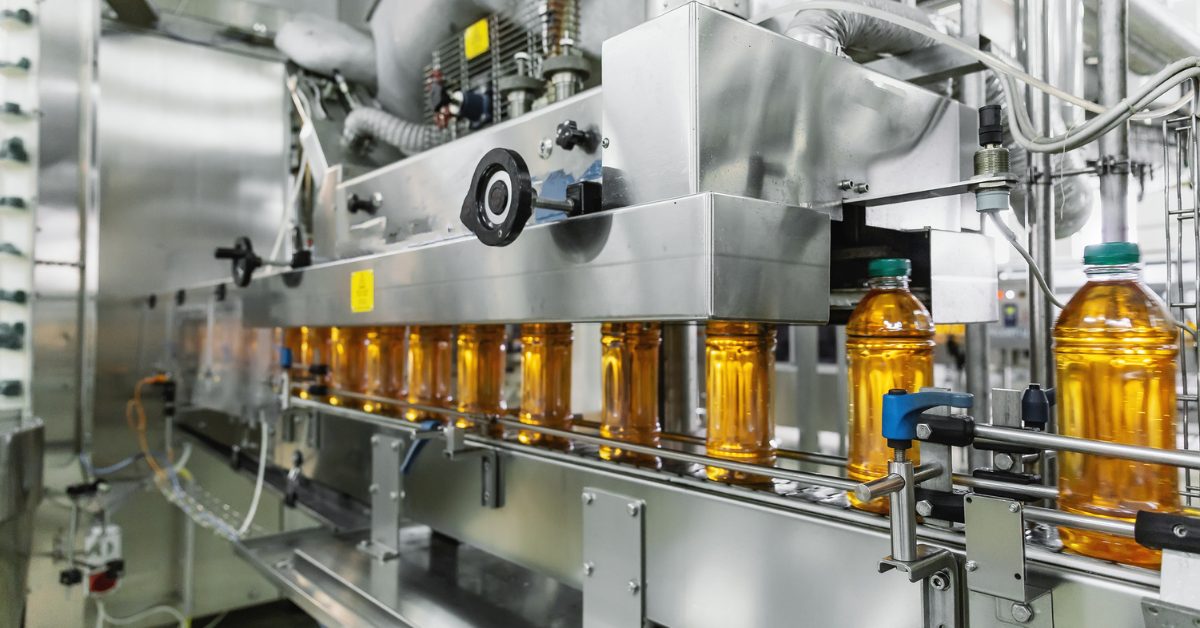
Vision AI: Your Eye in the Sky
Imagine having an eagle-eyed inspector on every production line, scanning thousands of items per minute. Vision AI technology uses cameras and machine learning to “see” and analyze objects in real-time. Identify bruised fruit, detect foreign objects in packaging, or monitor equipment for wear and tear – all automatically and with superhuman accuracy. Boost quality control, streamline production, and minimize waste, giving you a clear vision for operational excellence.

GenAI: F&B Innovation at Scale
Imagine a culinary mastermind churning out innovative recipes and packaging designs around the clock. GenAI, or Generative AI, “learns” from vast datasets to create entirely new content. Think personalized recipe recommendations, targeted marketing visuals, or even AI-designed packaging that resonates with your audience. GenAI unlocks a world of possibilities, accelerating product development, enhancing customer engagement, and driving brand growth.
Featured Vision AI Use Case:
Food Date Labeling Verification
The Food Labeling Act of 2023 is poised to reshape the way products are labeled and usher in a new era of transparency and accountability. The FDA will could begin to enforce these stricter guidelines on Food Date Labeling (sometimes referred to as Code Date Labels) as early as January 2026, in efforts to improve transparency, reduce health and safety risks, and decrease environmental impacts.
ClearObject Vision AI solutions can be installed on your existing lines to identify if the code date label is missing, misplaced, hard to read, or if the printer is running low on ink. Proper labeling helps manufacturers avoid chargebacks and fines while maintaining compliance.
Vision AI for Food & Beverage: Benefits and Use Cases
Key Benefits:
Improved Quality Control & Inspection
Are there enough raisins in your granola? Do your waffle fries contain any blemishes? Vision sensors with AI data analysis can consistently monitor production and identify variations when action needs to be taken.
Increase Efficiency & Productivity
Vision sensors can identify variations before they become a major problem. Feeding data back to the PLC triggers changes to keep your production on track.
Reduced Waste & Cost Savings
Get the most out of every batch while increasing product consistency with automated quality control and equipment health monitoring.
Enhanced Safety & Traceability
Remove human inspectors from dangerous environments and follow labeling requirements with accurate, legible code date labeling.
Optimized Inventory Management
Vision AI tracks inventory usage and can identify the best time to order supplies based history, seasonality, and even weather patterns.
Use Cases:
Automated inspection of fruits, vegetables, and packaged goods for size, ripeness, defects, etc.
Vision monitoring can clearly identify which items are not suitable for distribution based on the guidelines you set.
Real-time monitoring of production lines for equipment malfunctions and safety hazards
Equipment Health Monitoring (EHM) can identify issues, help order replacement parts, and provide guidance on how to alleviate any hazards before they stop production.
Tracking inventory levels and optimizing restocking processes
Streamline inventory as Vision AI helps keep items in stock when you need them.
Food Date Label verifications
Build customer confidence and avoid chargebacks, potential fines, and more by ensuring code date labels, best by dates, use before dates, and other packaging details are placed properly and easy to read.
Food Date Label Monitoring with Vision AI
The Food Labeling Act of 2023 is poised to reshape the way products are labeled and usher in a new era of transparency and accountability. ClearObject Vision AI solutions can be installed on your existing lines to identify if the code date label is missing, misplaced, hard to read, or if the printer is running low on ink. Learn about food labeling along with the Food Traceability Act and new SEC rules for reporting on emissions, and how Vision AI can help.
Featured Generative AI Use Case:
Data Insights for Shift Managers
Generative AI can easily translate conversational questions about production and packaging lines and provide managers with real-time insights into efficiency, defect rates, equipment health and more. Thanks to large language models, managers can ask questions like “How does material waste percentage this hour compare to yesterday’s average?” and receive an answer in an easy to understand format.
GenAI for Food & Beverage: Benefits and Use Cases
Key Benefits:
Personalized product development & marketing
Streamlined content creation & recipe generation
Enhanced consumer engagement & experience
Improved demand forecasting & supply chain optimization
Use Cases:

